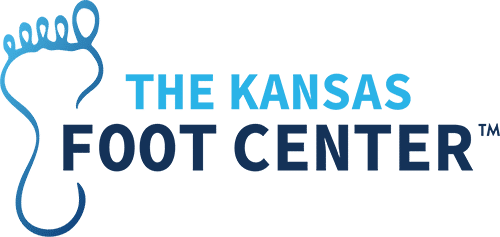Bursitis
Back in high school biology, you may have been taught to think of joints like a door hinge or a ball and socket. While these are useful metaphors, the exact mechanics of a joint, as well as the biological structures that allow them to work efficiently and painlessly, are far more complex. Muscles, bones, tendons and ligaments come together to hold the joint together and make it move, while small, fluid-filled sacs known as bursae provide cushioning and reduce painful friction.
Unfortunately, these bursa sacs can be injured or damaged for a wide range of reasons, and when that happens there can be obvious pain and swelling. This condition is known as bursitis, and it is especially common in the retrocalcaneal bursa, located at the back of the heel between the heel bone and the Achilles tendon.
Do I Have Bursitis? What Are the Symptoms?
Bursitis may be hard to self-diagnose, since it is one of many potential causes of heel or ankle pain with similar symptoms.
For heel bursitis, common symptoms include pain, tenderness, and stiffness along the back of the heel. The area may be red and swollen, and even warm to the touch, and motion may feel weak and limited. Pain may sharply increase when you stand on your tiptoes, engage in vigorous exercise such as running, or get up after a long period of not moving the joint (for example, when you get out of bed in the morning or get up from a long stint in the easy chair).
What Causes Bursitis?
Typically, bursitis can be traced to either a sudden, specific injury, or to an extended period of excess pressure, repetitive motion, or overuse that gradually irritates the bursa over time. Possible contributing factors may include:
- Frequently wearing poor-fitting shoes that put excess pressure on the back of the heel
- Participation in vigorous, high-impact athletic sports or activities, especially if you don’t take time to warm up, cool down, or condition your body properly for the intensity of your workout
- Structural foot deformities or biomechanical defects that place extra pressure on the heel bursa, such as Haglund’s deformity
- Repetitive motions, such as frequent crouching or stair or ladder climbing
- Gradual loss of strength and shock absorption ability of the bursa over time as a natural consequence of aging
Other Types of Foot Bursitis
Although the only “natural” bursae in your lower limbs occur behind the heels, your body may actually form additional bursa sacs in other joints as a response to friction or pressure. Of course, these new bursae then frequently become inflamed themselves. They may form in the toes, balls of your feet, or on the outside of your big toe (particularly for those with bunions).
Preventing and Treating Bursitis in Feet
Fortunately, individual episodes of bursitis very rarely require aggressive treatment and can often be resolved through a combination of at-home care and, if necessary, conservative techniques prescribed by your podiatrist. Rest and simple anti-inflammatory and pain relief measures, such as icing or OTC medications, often does the trick; for tougher pain we provide a variety of more advanced methods, such as MLS laser therapy and shockwave therapy—we find these typically work better than steroid injections, a more traditional method.
If your bursitis is chronic, it may be time to look at tactical preventative care, such as
- Invest in a good, properly fit, comfortable pair of shoes that provide plenty of cushioning in the heel. Padded socks may help, too.
- Wear appropriate shoe inserts (such as heel pads) or drop by our office to be fitted for a full custom orthotic device.
- Physical therapy or stretching programs.
- Surgical correction of an underlying structural problem, such as a bunion or Haglund’s deformity.
With years of experience and a wide array of cutting-edge tools at our disposal, the Kansas Foot Center is the best place to find treatment and relief for your foot bursitis pain. To schedule an appointment with Dr. Truong, please call us at 866.222.5177.
